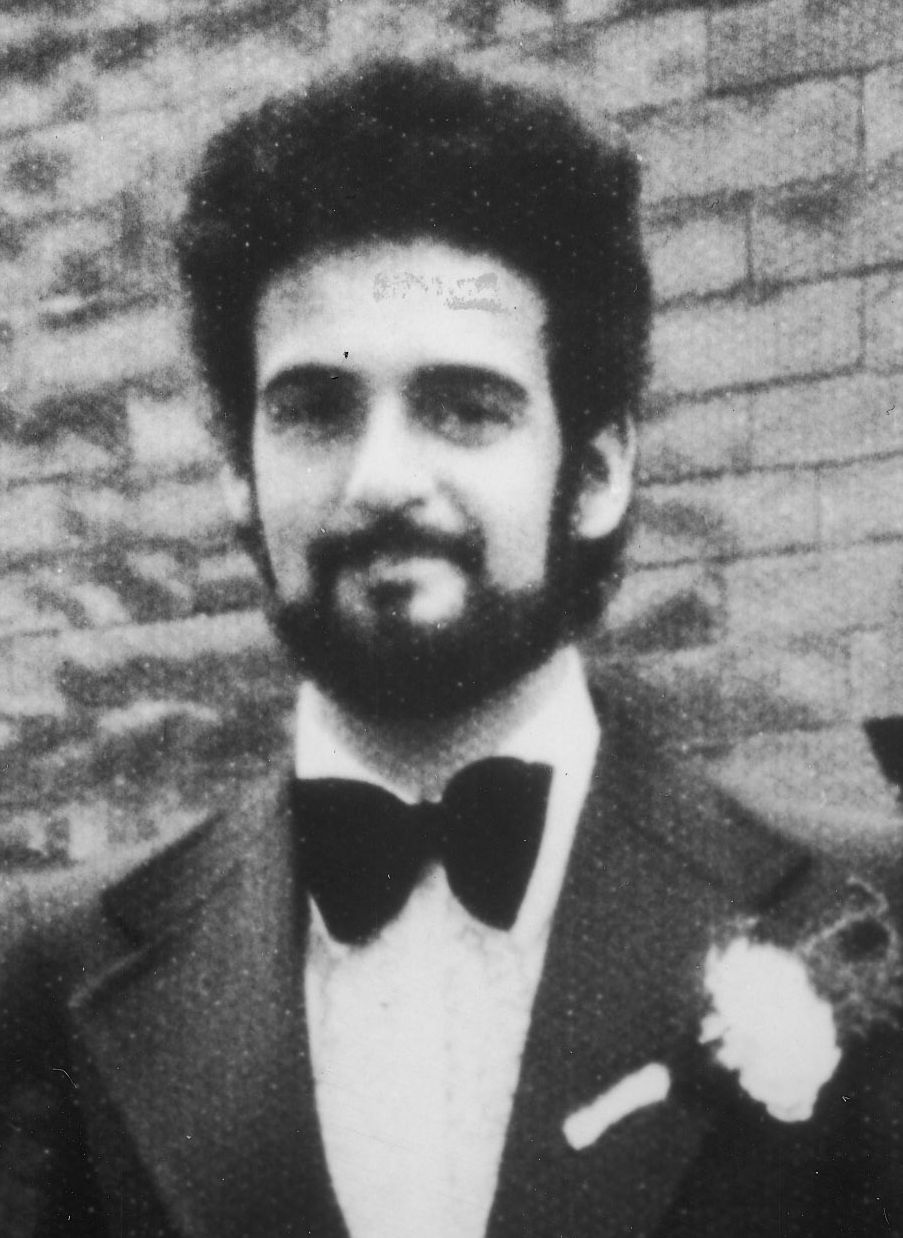ITV's new crime drama, The Long Shadow, delves into the five-year search for Peter Sutcliffe, who was dubbed The Yorkshire Ripper by the press.
Over the course of seven episodes, the series tells the story of Sutcliffe's victims and the police's pain-staking hunt for the killer, who claimed the lives of 13 women and attempted to murder seven others. But how exactly was Sutcliffe caught in the end? Find out here…
How was Yorkshire Ripper Peter Sutcliffe caught by police?
The hunt for Peter Sutcliffe was one of the largest ever UK police investigations. It spanned almost six years, with 30,000 statements taken and 2.5 million hours expended on catching him.
While he managed to evade justice for numerous years as the police investigated other leads, Sutcliffe was finally caught after being pulled over by an officer in Sheffield on January 2, 1981.
The killer, who had sex worker Olivia Reivers in his car at the time, was stopped by probationary constable Robert Hydes, who noticed Sutcliffe's false number plates.
He was arrested, but before he was taken to the station, Sutcliffe claimed that he was "bursting for a pee" and stashed a knife, hammer and a rope behind an oil storage tank. When he got to the station, he concealed another knife in the toilet cistern.
The following day, Sergeant Robert Ring decided on a hunch to return to where Sutcliffe was pulled over and discovered the weapons.
After two days of intensive questioning and a search of his home, Sutcliffe confessed to being the killer the police had spent years looking for.
Over the following day, Sutcliffe described his attacks and even claimed to have heard voices telling him to commit the crimes.
He eventually pleaded not guilty to 13 charges of murder, but guilty to manslaughter on the grounds of diminished responsibility.
MORE: The Long Shadow: fans share fury at intense ITV drama - and star Daniel Mays responds
SEE: ITV's The Long Shadow: the star-studded cast and where you've seen them before
What was Peter Sutcliffe's sentence?
After a two-week trial at London's Old Bailey, Sutcliffe was found guilty of murder on all 13 counts and attempting to murder seven other women.
The judge sentenced him to twenty concurrent sentences of life imprisonment.
During his trial, he said: "It was just a miracle they did not apprehend me earlier. They had all the facts."
Then in July 2010, the High Court issued Sutcliffe with a whole-life tariff, meaning he was never to be released.
How did Peter Sutcliffe die?
Peter Sutcliffe died at University Hospital of North Durham at the age of 74 on 13 November 2020.
Peter, who had several long-term physical health conditions including Type 2 diabetes, angina and paranoid schizophrenia, went into hospital to have a pacemaker fitted and is thought to have contracted coronavirus during his stay.
His condition worsened over the course of a few days and he eventually died.


